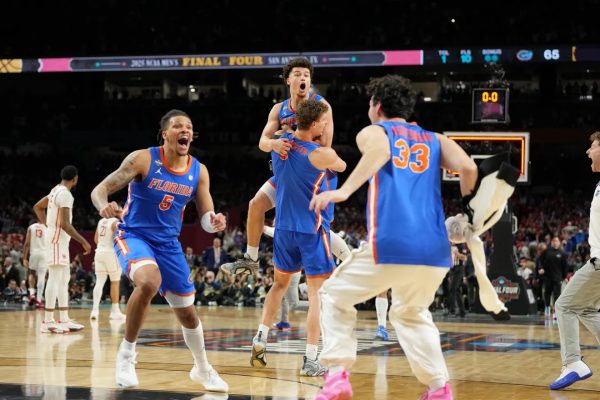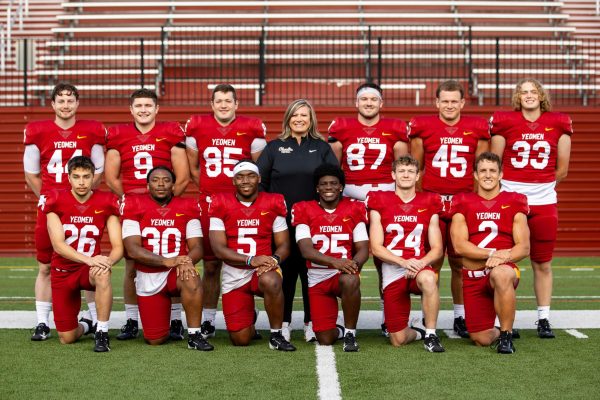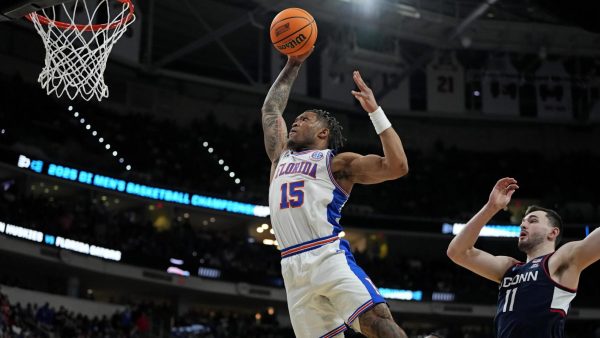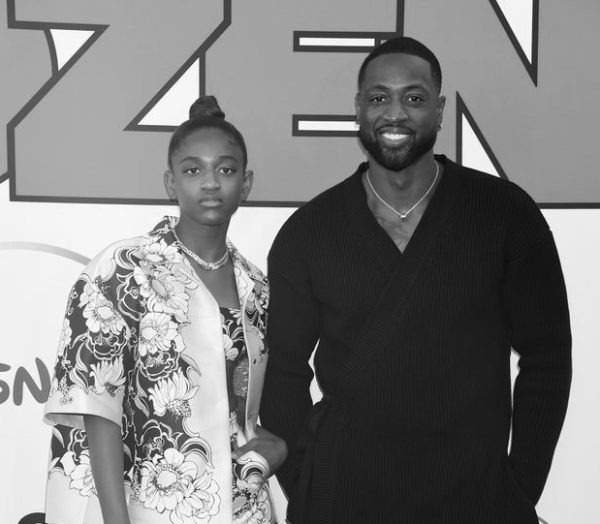Harvey’s Rollercoaster Mets Career Comes to a Close
The New York Mets traded their once-star pitcher Matt Harvey to the Cincinnati Reds on Tuesday, signaling the end of one of the most frustrating eras in a franchise that is not averse to failure. Whether it was the injuries — he had Tommy John surgery in 2013 and was diagnosed with Thoracic Outlet Syndrome in 2016 — his terrible attitude, or the unrelenting storm that is the New York media to blame, what all fans can agree on is that as amazing as he was, he was twice as maddening.
When Harvey debuted in July 2012, he turned heads from the get-go, striking out 11 batters in his first appearance. The Mets had not been relevant since losing to the Cardinals in the National League Championship Series in 2006, and their fan base was desperate for something to believe in. It was in 2013 that Harvey began his ascent to superstardom. It felt like on any given night he could throw a no-hitter, and on his way to fourth place in the NL Cy Young Award, he earned the nickname “the Dark Knight.”
In a doubleheader against the Atlanta Braves, the Mets wanted to bring up another tantalizing pitching prospect — Zack Wheeler. Wheeler and Harvey both pitched, and Harvey delivered one of the best performances of his career. He struck out 13 out of 26 batters, his fastball topped 100 mph for the first time in his career, and his slider left opposing batters baffled. That performance would define Harvey. He knew that the Mets management was focused on Wheeler, and he wanted to remind them he was the best pitcher in the entire organization. He had always been obsessed with his perception from the organization and fans. Unfortunately, the year ended prematurely for him with a partial tear of his ulner collateral ligament, but Mets fans had seen enough to know a change was coming. What we didn’t know was that his brilliant run in 2013 would be the last stretch Harvey would play that wasn’t muddled by injuries or controversy.
That October, Harvey revealed that he would have to undergo Tommy John surgery and would miss the entire 2014 season. In his absence, the Mets brought up pitchers Noah Syndergaard and Jacob deGrom, who emerged as two of the most dominant in baseball. However, going into 2015, even though Harvey had little experience on the mound, the entire MLB was convinced that the Mets boasted the league’s best rotation, and Harvey would be their ace. When the season started, they most certainly delivered. In April, they had an 11-game winning streak and established themselves as a top team in the league.
Over the summer, injuries struck and the offense completely disappeared. The Mets quickly fell out of contention, and it seemed like there was no way they would make the playoffs. Meanwhile, their division rivals, the Washington Nationals, seemed to have the clear favorite of NL MVP outfielder Bryce Harper, a once-in-a-generation player. In order to bolster the offense, the Mets traded for outfielder Yoenis Céspedes, and everything changed. In the final months of the regular season, Céspedes became arguably the best batter in the league, the Mets offense exploded, and they clawed back to take the NL East from the Nationals. It seemed like everything was working right for the Mets, and then Harvey did the unthinkable: he refused to play.
Harvey’s agent, Scott Boras, is notorious in the sports world. He works for only the best players, and he is willing to do anything to get the most lucrative contracts. With Harvey one year removed from Tommy John surgery — and enjoying one of the most remarkable recoveries from the injury in MLB history — Boras wanted Harvey to have an innings limit. He was concerned that if Harvey pitched too much, he could re-injure his arm, and wanted to keep Harvey fresh for his impending free-agency. If Harvey pitched and got hurt, it could cost him hundreds of millions of dollars. If Harvey didn’t pitch, the Mets would likely lose their best shot at a World Series in almost a decade. And for awhile, Harvey complied.
For Mets fans, there was nothing as disappointing as seeing the face of the team’s rebuild refuse to play in order to get paid. It reaffirmed his prima donna, himself-above-the-team image that the media had pushed upon him. Then, just in time for the playoffs, he returned. Throughout their series against the Los Angeles Dodgers and Chicago Cubs, the Mets were wary of Harvey. While he was playing, he had already broken their trust. Instead, new heroes emerged. Syndergaard, deGrom, Cespedes, and Daniel Murphy were making New York believe that they might actually win a World Series. After sweeping the Cubs in the NLCS, the Mets were headed to their first World Series since 2000. But it didn’t go too well.
The Mets were playing the Kansas City Royals, who had lost the World Series in 2014. In their first two games, both in Kansas City, the Mets didn’t even take one. When they went back to Queens, they took the first but dropped the second. In Game Five, Harvey was slated to pitch. At home, where he had always been his best, it was his chance to turn the series around and push it to Game Six. For the first eight innings, Harvey proved that he was one of the best pitchers in the game. Going into the bottom of the ninth, up 2–0, manager Terry Collins wanted to put in the closer. Harvey refused. Citi Field was shaking at its core when Harvey came back to the mound in the bottom of the ninth. He was about to pitch a complete game shutout in the World Series. It was his way of redeeming himself to Mets fans, and owning the biggest stage in baseball. Then he let up two runs, and the Mets lost in extra innings.
After that, Harvey was never the same. Injuries came back, and reports of him coming in hungover to practices and games started flooding in. The Mets made the playoffs again in 2016, but he had long since been gone to season-ending surgery. Thoracic Outlet Syndrome, which ironically probably developed from his over-pitching in 2015, robbed him of his grip, velocity, and control. In 2017, it seemed as if he had hit rock-bottom — and then this year came. He was sluggish, he partied before and after games, and when general manager Sandy Alderson told him he was demoted to the minor leagues, he refused. Now, he’s gone.
“We feel like we failed Matt Harvey. Our job is to help every player in there,” Mets manager Mickey Callaway said to reporters.
Callaway and the Mets did not fail Harvey. It’s easy to blame Harvey himself, but that wouldn’t be completely fair either. Harvey’s downward spiral was a combination of injuries, his ego, he and Boras ruining his image, and the Mets’ inability to provide any offense. Harvey played every game like it was Game Seven of the World Series, and every season like it was a contract year, but he never even got through a full year. Years from now, the few fans who remember his legendary pitching will be the ones who are truly upset with how his career turned out.







